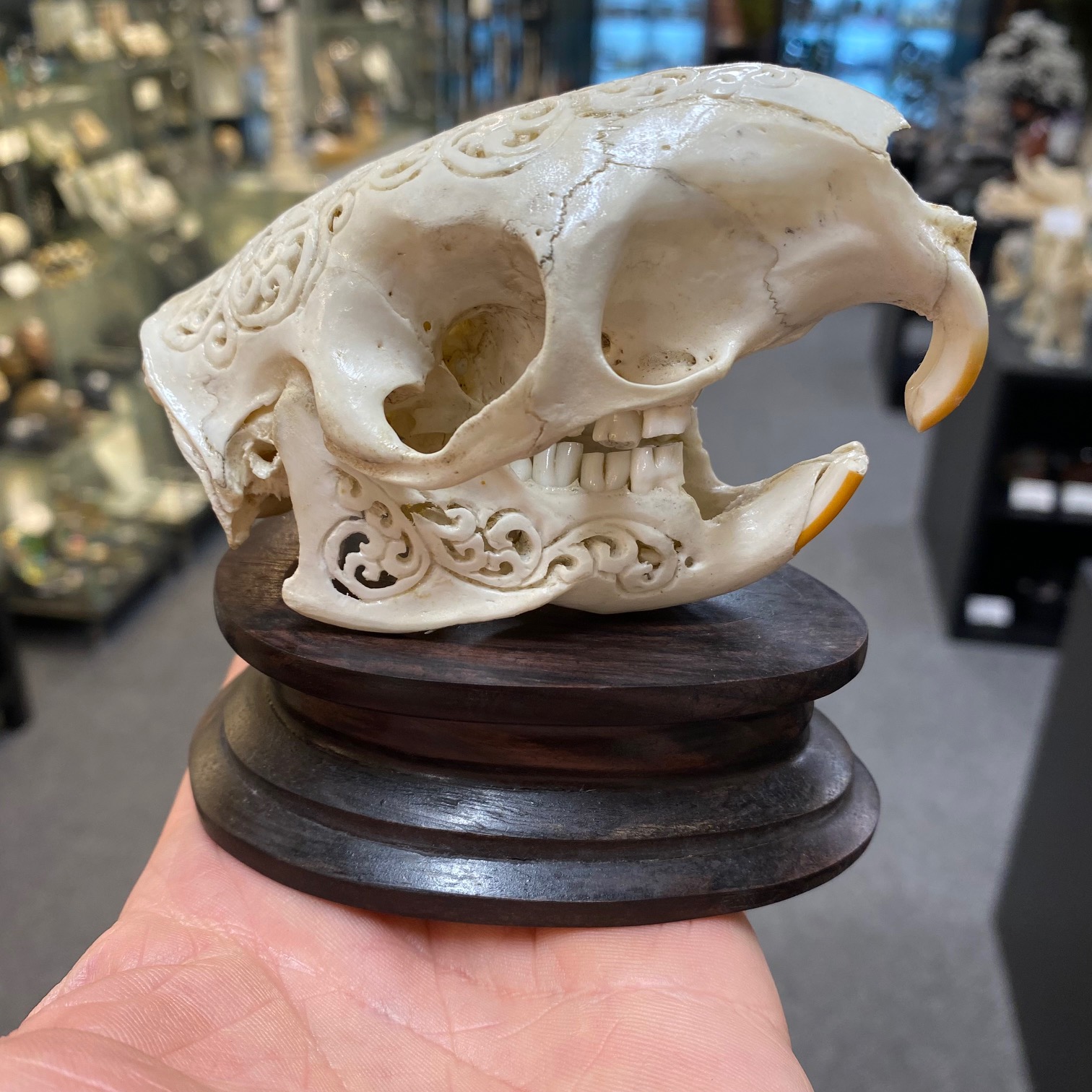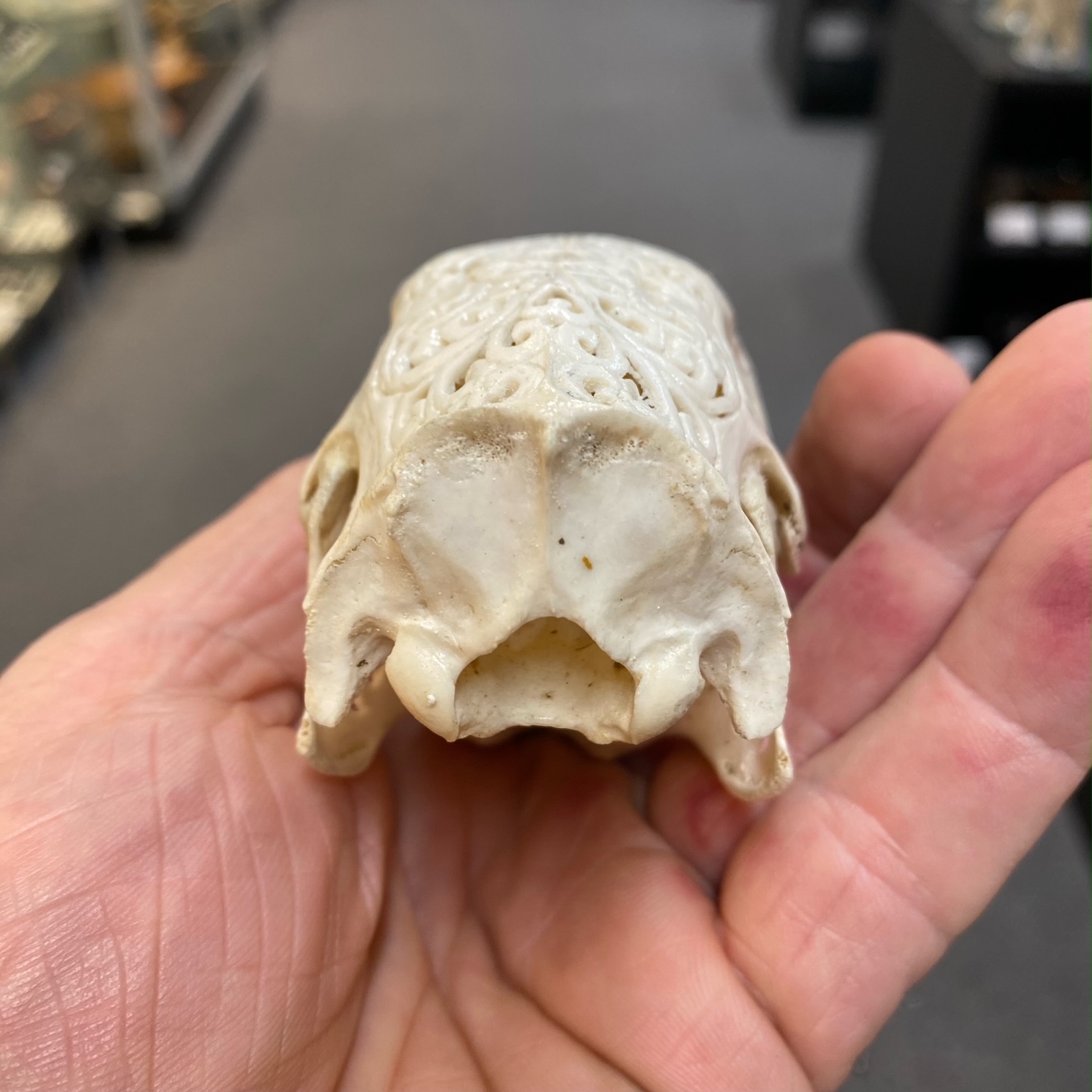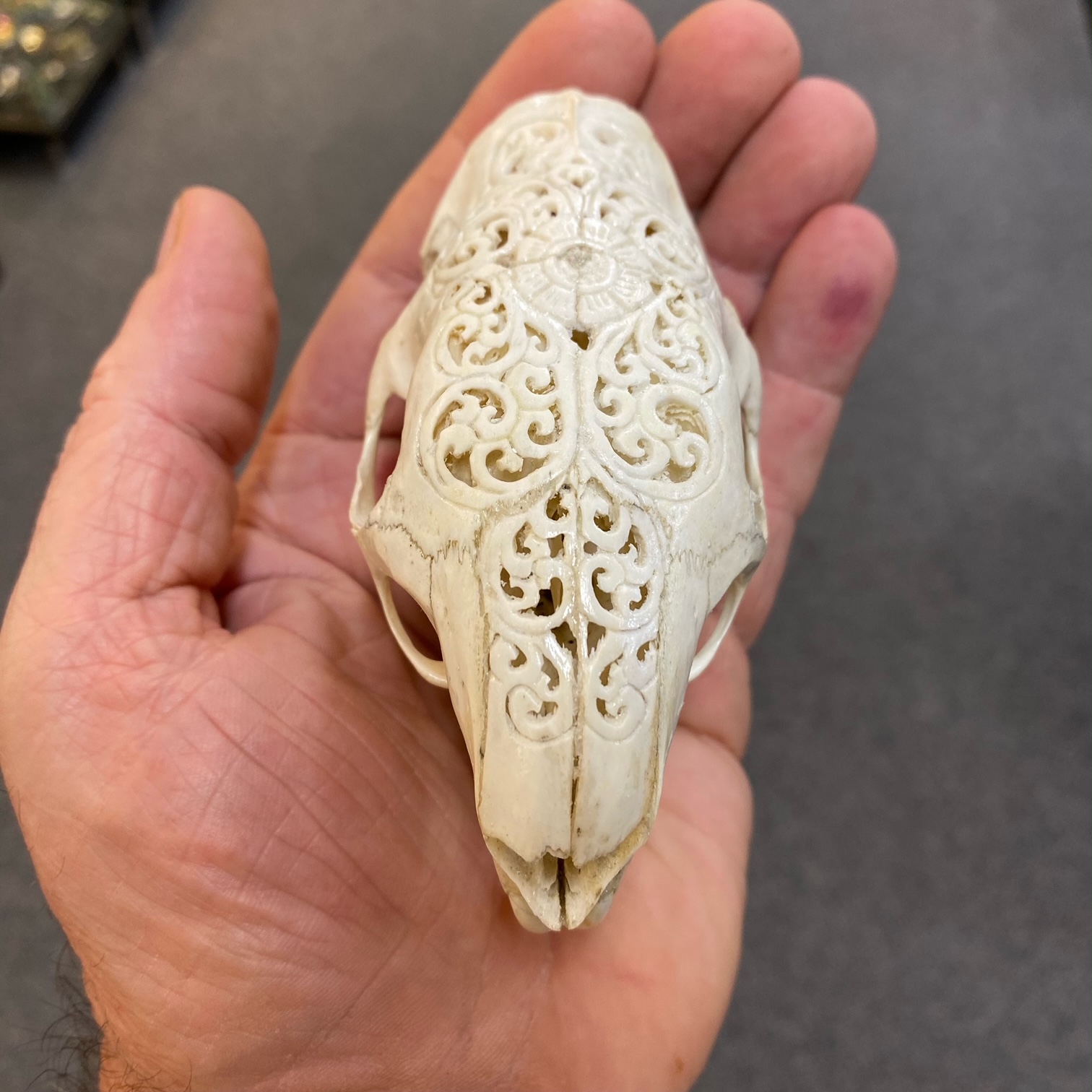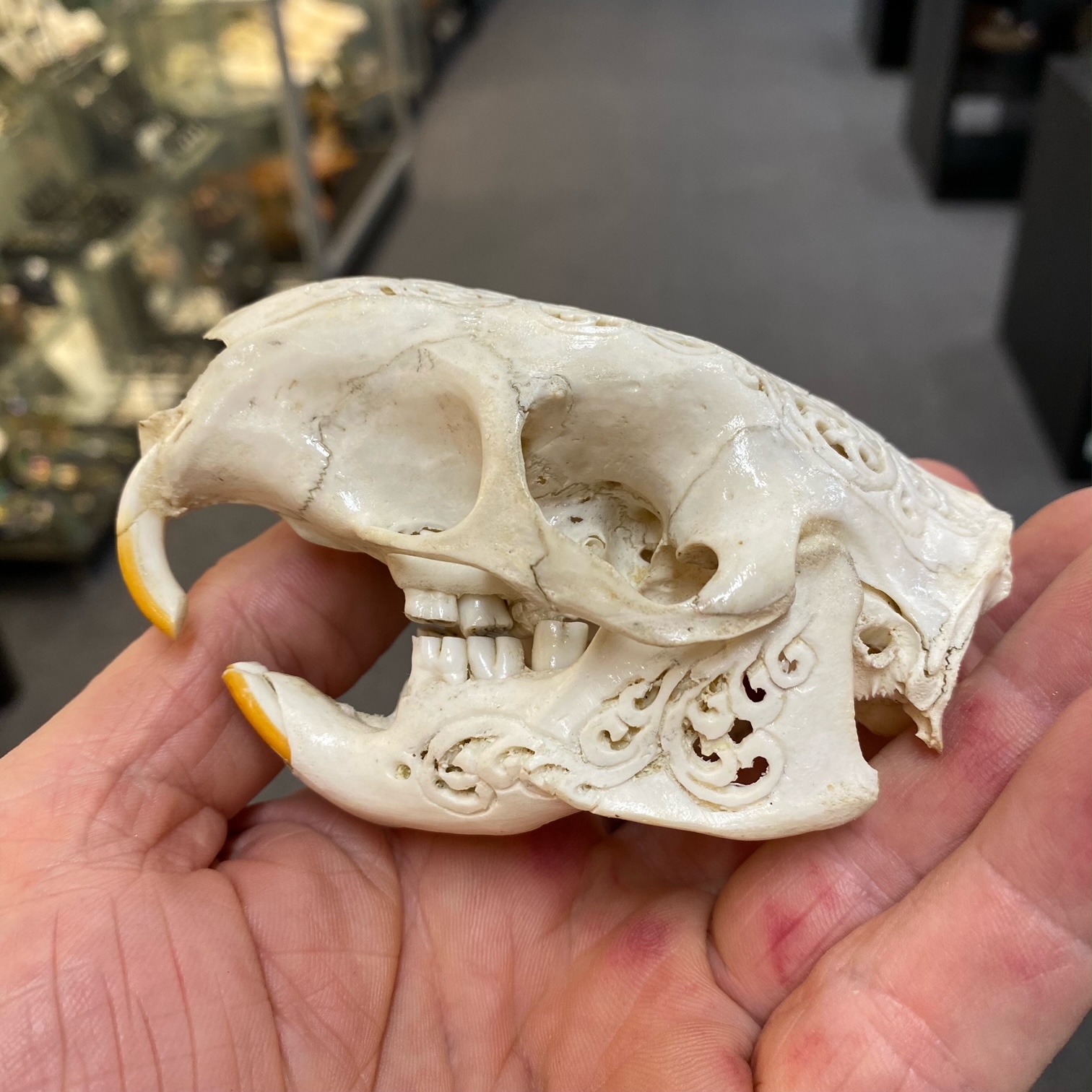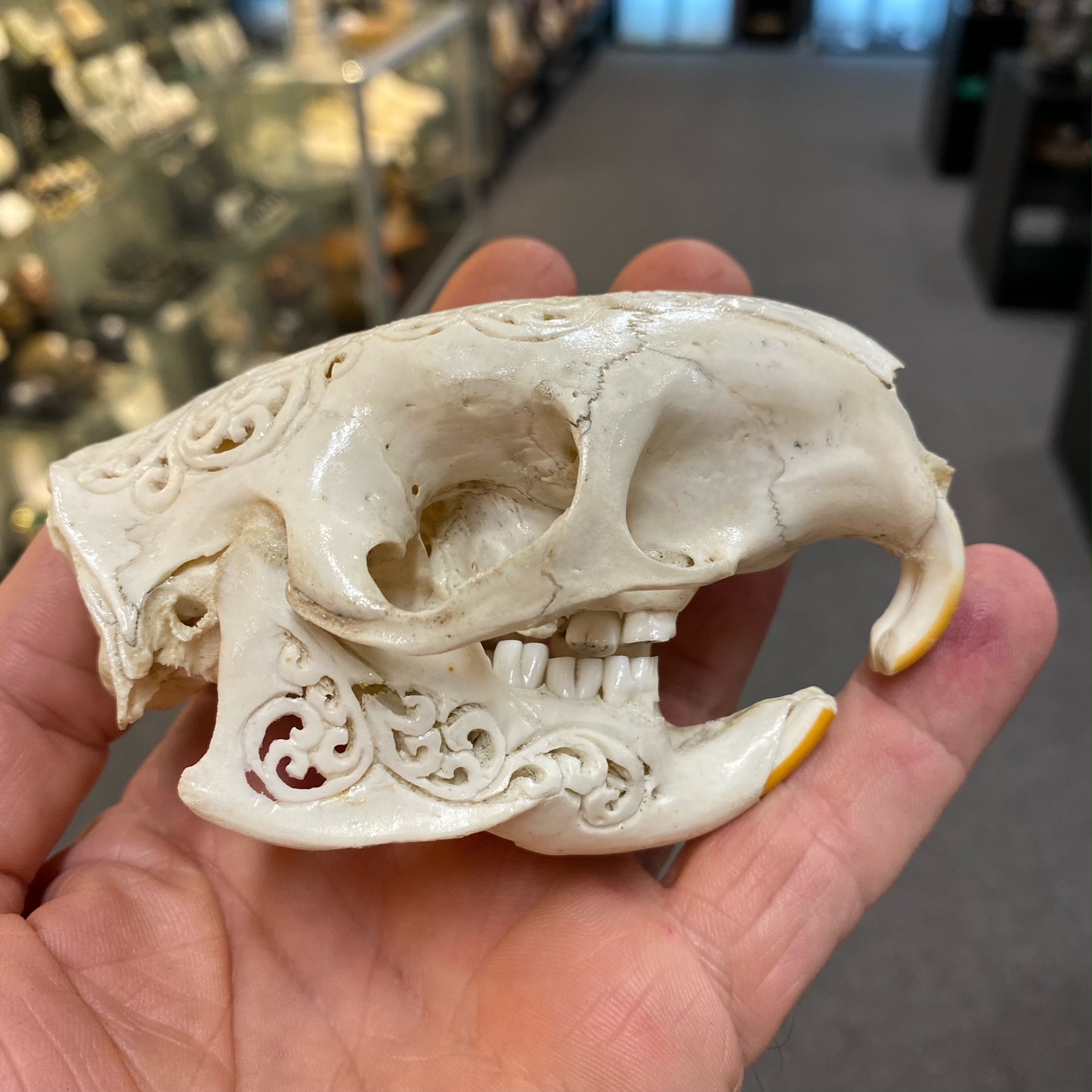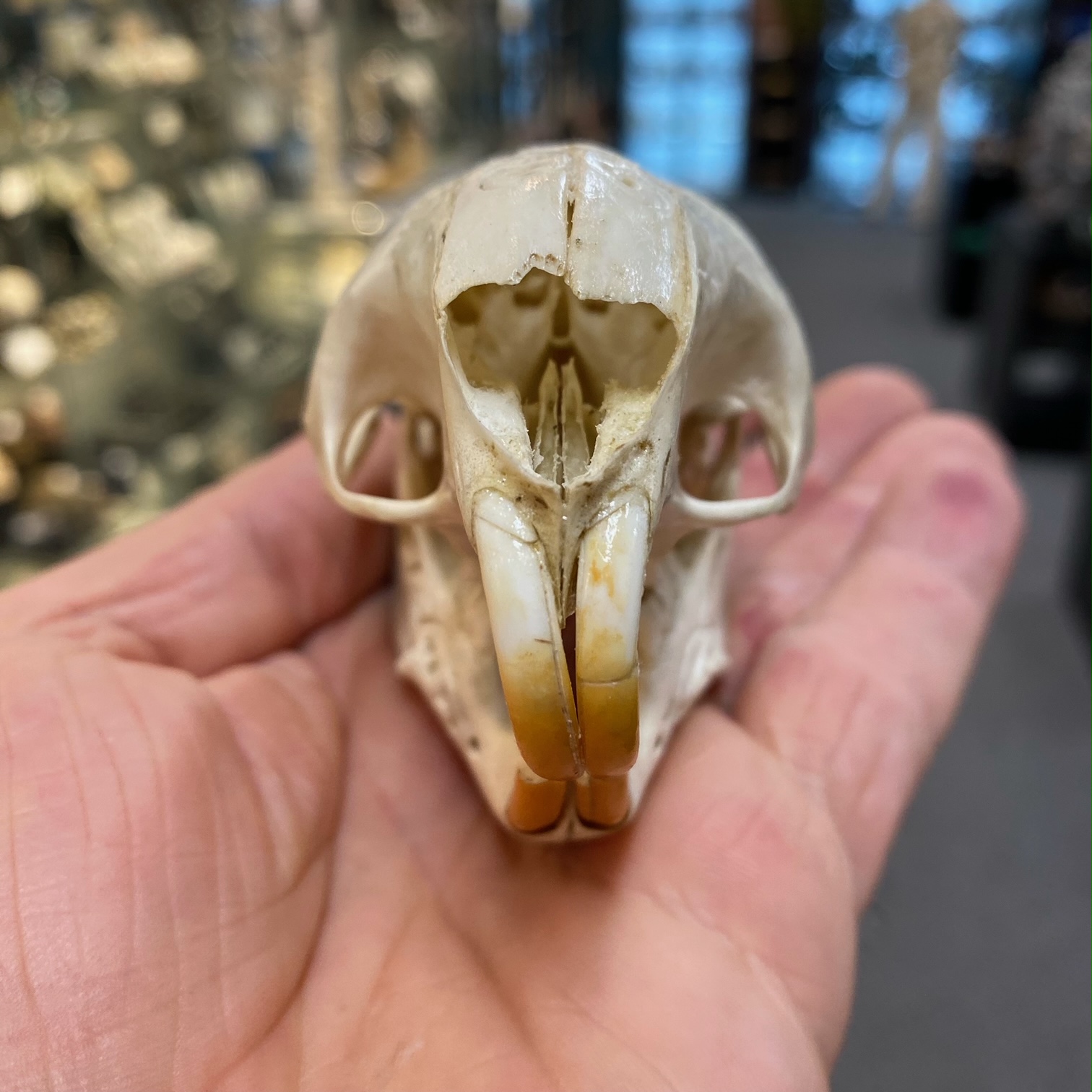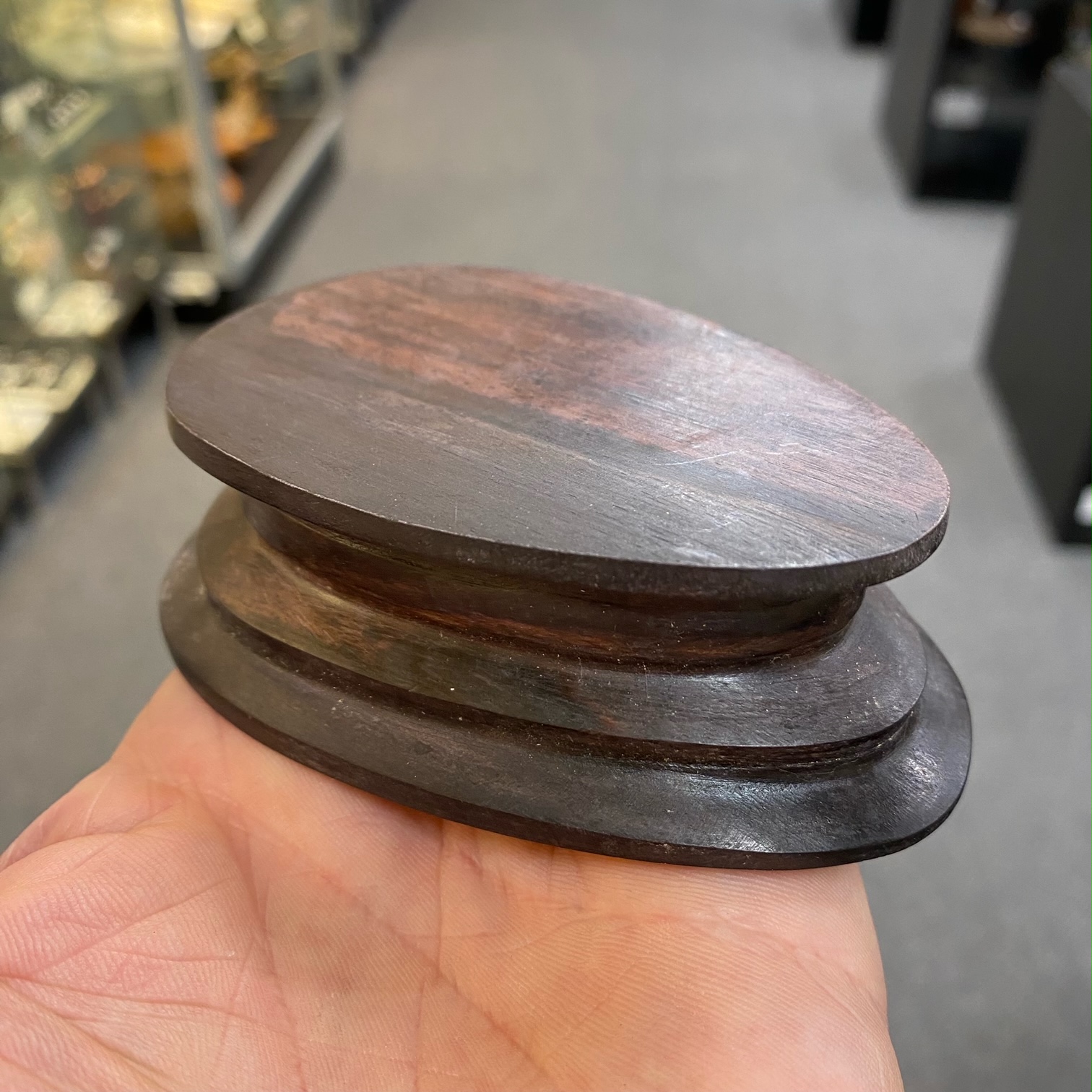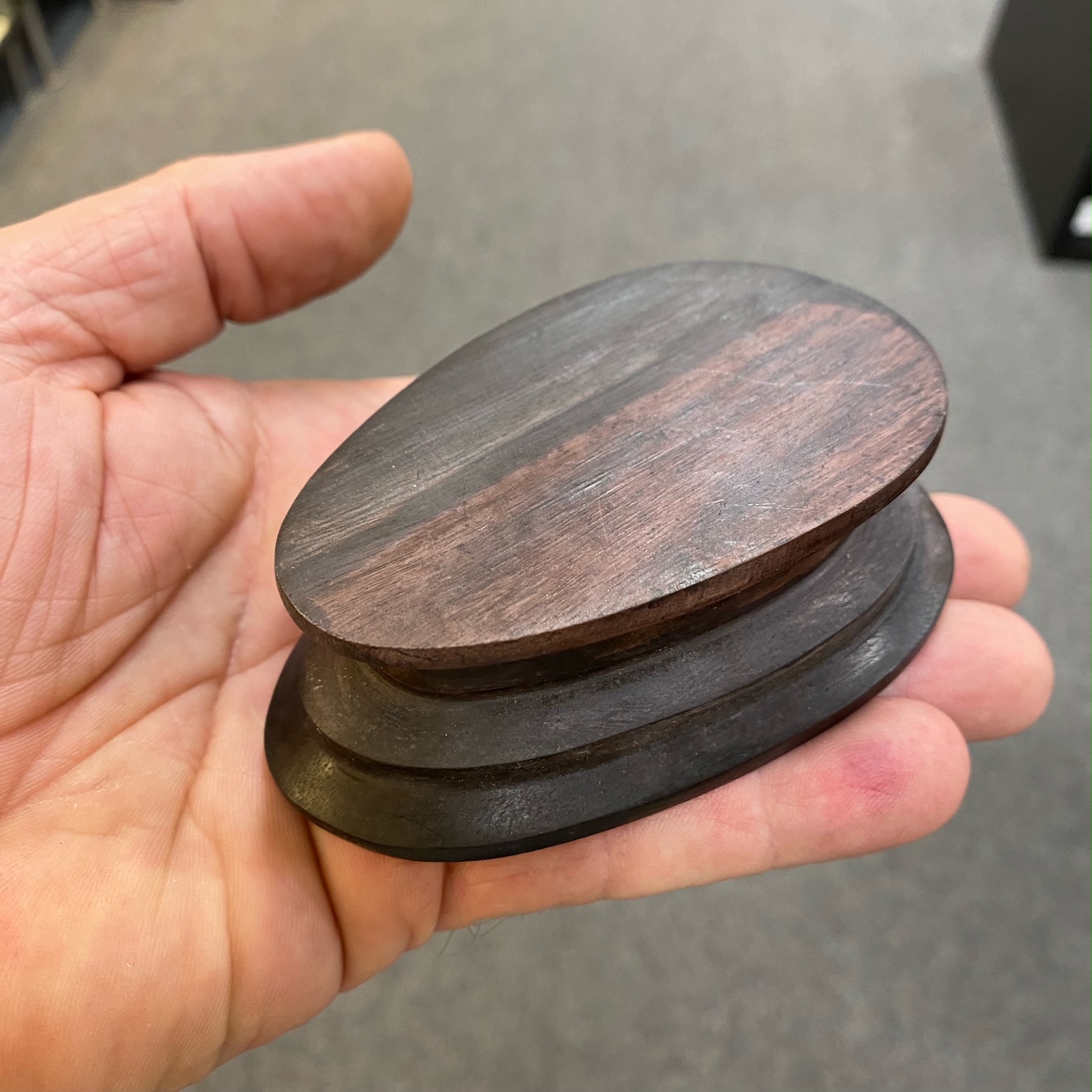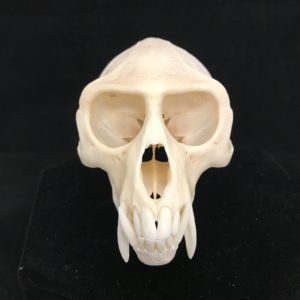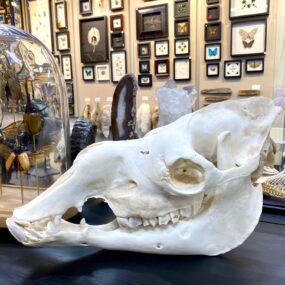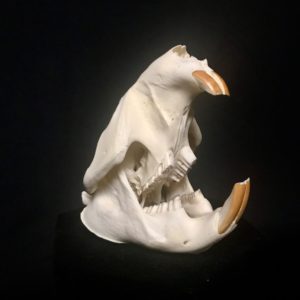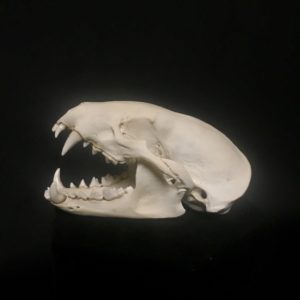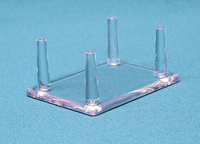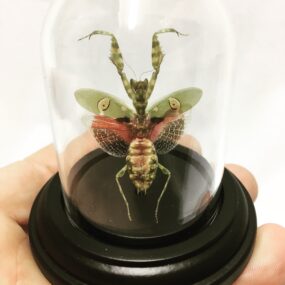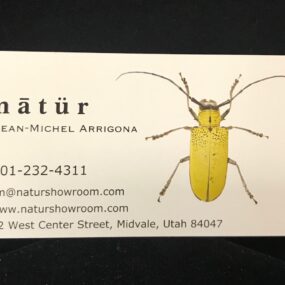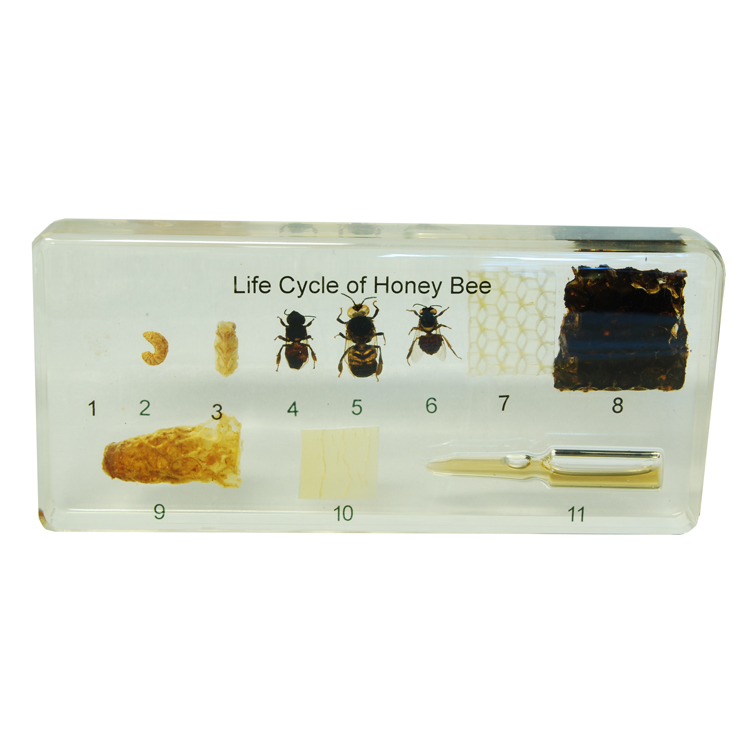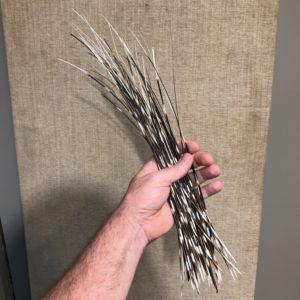Description
Porcupine Skull Carved, Specimen #4, Wood stand included, Not a perfect skull.
These are real Porcupine skulls, but we do not know what species of Porcupine this is, but it could be one of the species listed below. We purchase these in the US, but they are carved in Indonesia, and they include a nice wood stand as shown. They are not perfect skulls, and some are missing teeth, Jaws are glued shut, etc. Please look at all pictures. You will receive the exact skull shown.
This listing is for this item: Porcupine Skull Carved #4.
Indonesia is home to several species of porcupines, which belong to the family Erethizontidae (New World porcupines) and Hystricidae (Old World porcupines). The porcupines found in Indonesia are part of the Old World group and are typically referred to as spiny rats or porcupines, and they are found in various habitats across the country.
Here are some notable porcupine species native to Indonesia:
A. The Philippine Porcupine (Hystrix pumila)
- Habitat: Although its name suggests it’s from the Philippines, this species is also found in parts of Sulawesi and nearby islands in Indonesia.
- Distinctive Features: The Philippine porcupine is a medium-sized porcupine with a dense coat of spines. It is primarily nocturnal and has a spiny coat that provides protection against predators.
- Behavior: It is primarily herbivorous, feeding on roots, fruits, and plants. Like many porcupines, it is a solitary animal and typically lives in burrows or hollow trees.
- Conservation: It is currently not considered endangered, but habitat loss and hunting pose ongoing threats to its population.
B. The Java Porcupine (Hystrix javanica)
- Habitat: Native to Java, this species of porcupine is also found in other parts of Indonesia, including Bali and Lombok.
- Distinctive Features: The Java porcupine is a large, spiny rodent with long quills. It has a distinctive appearance with a mixture of long, sharp spines and softer fur. The quills are not poisonous but are a powerful defense mechanism.
- Behavior: Java porcupines are nocturnal and herbivorous, feeding mainly on plant material such as roots, fruits, and leaves. They live in burrows and are solitary animals.
- Conservation: Like other porcupines, the Java porcupine is threatened by habitat destruction and illegal hunting, although it is still relatively widespread.
C. The Sunda Porcupine (Hystrix brachyura)
- Habitat: This species is found in the forests of Sumatra, Borneo, and other parts of Southeast Asia, including some islands of Indonesia.
- Distinctive Features: The Sunda porcupine is a large porcupine species, characterized by short, stiff quills and a stocky body. Its quills are mainly dark brown or black.
- Behavior: Like other porcupines, it is herbivorous and nocturnal. It feeds on fruits, plants, and occasionally the bark of trees. It is also known for being solitary and often resides in burrows or under fallen logs.
- Conservation: The Sunda porcupine is not considered critically endangered, but it faces risks due to habitat loss, particularly from deforestation for agriculture and palm oil plantations.
D. Bornean Porcupine (Hystrix acanthion)
- Habitat: Native to Borneo, this porcupine species inhabits the lowland forests and sometimes the foothills of the island.
- Distinctive Features: The Bornean porcupine has long, spiny quills and a more compact build. Its quills are used for defense, and it has a similar appearance to other species in the Hystrix genus.
- Behavior: The Bornean porcupine is nocturnal and primarily feeds on fruits, leaves, and roots. It lives in burrows or under the cover of dense vegetation, relying on its spiny coat to deter predators.
- Conservation: Like other Indonesian porcupines, it faces threats from habitat destruction, particularly from logging and the expansion of palm oil plantations. However, it is not currently listed as critically endangered.
Key Characteristics of Indonesian Porcupines:
- Defense Mechanism: Porcupines in Indonesia, like their relatives worldwide, have sharp, barbed quills that cover most of their body. These quills are used as a defense mechanism against predators, and when threatened, porcupines can raise these quills or even charge backward to embed them in the attacker.
- Diet: Most Indonesian porcupines are herbivores, feeding on a variety of plant materials, including leaves, roots, fruits, and bark. They are not known to be aggressive unless provoked.
- Habitat: These porcupines are typically found in forests, including tropical rainforests, and they prefer areas with dense vegetation for shelter and food. They are often nocturnal and tend to live solitary lives in burrows, caves, or hollow trees.
Conservation and Threats:
- Habitat Loss: Deforestation, agricultural expansion, and the illegal pet trade are significant threats to Indonesian porcupines. As forests are cleared for palm oil plantations and timber, their habitats are rapidly disappearing.
- Hunting: Porcupines are sometimes hunted for their meat or captured for the pet trade. However, due to their solitary and elusive nature, they are not as commonly encountered as some other species.
- Conservation Efforts: Various conservation initiatives focus on protecting the habitats of these species and mitigating human-wildlife conflict. However, more effort is needed to ensure the long-term survival of these fascinating animals.
Summary:
Indonesian porcupines are part of the diverse and unique fauna of the country. Species such as the Philippine porcupine, Sunda porcupine, and Java porcupine are adapted to the various habitats found across Indonesia, from the forests of Borneo and Sumatra to the mountains of Java. While not all of these species are critically endangered, they face significant threats from habitat destruction, hunting, and the pet trade. Conservation measures are crucial to protecting these unique animals and ensuring their survival in the wild.
This listing is for this item: Porcupine Skull Carved #4.
Monkey Skull Carved, Specimen #3, Wood stand included, Not a perfect skull


